IE 11 is not supported. For an optimal experience visit our site on another browser.
-

Meet the woman who has seen 21 solar eclipses
02:23
-
Now Playing
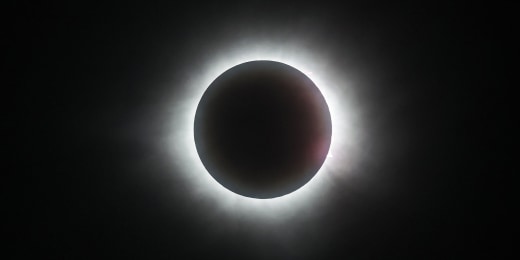
Scientists will use total solar eclipse to study the sun’s corona
05:16
-
UP NEXT

Teacher makes good on decades-old promise to watch eclipse with former students
02:57
-

Timelapse videos show darkness of solar eclipse totality
01:03
-
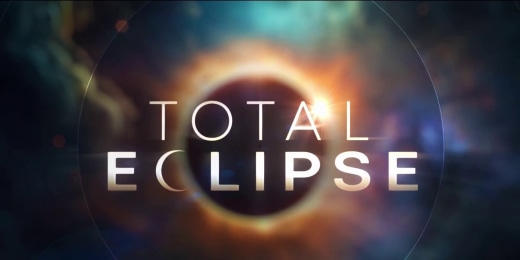
Special report: Solar eclipse path of totality
01:44:40
-
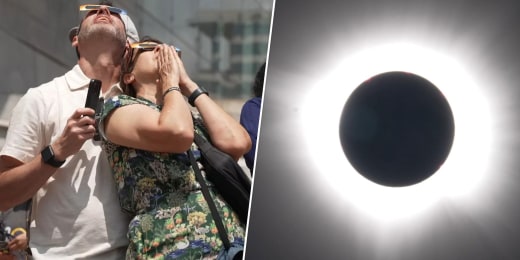
Watch emotional moments as skywatchers view solar eclipse
03:15
-

Gadi Schwartz reports on eclipse totality from plane above Arkansas
06:04
-
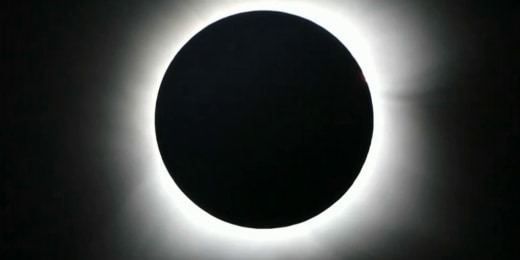
Total eclipse reaches last stop in the U.S. in Maine
04:11
-

‘So memorable’: New Yorkers, tourists gather in midtown Manhattan for partial eclipse viewing
02:27
-
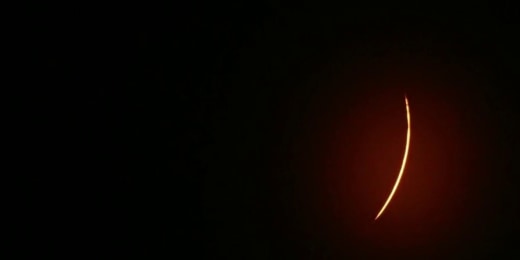
‘Like a cool summer night’: Temperature drops as eclipse hits Cleveland
04:13
-
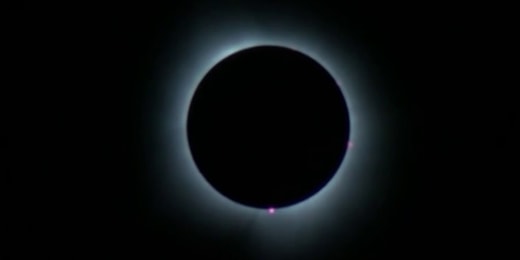
Animals active as eclipse reaches totality in Little Rock, Arkansas
04:18
-

‘Just amazing!’: Solar eclipse watchers go wild as the moment of totality passes over Dallas
03:47
-

NBC’s Morgan Chesky and family witness total eclipse in Kerrville, Texas
04:31
-
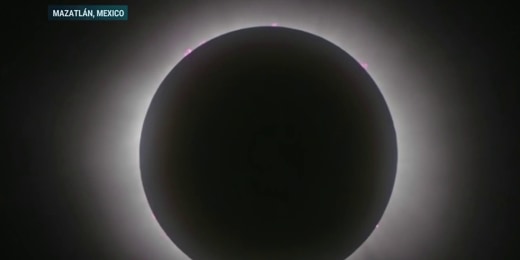
Watch: Solar eclipse reaches totality in Mazatlán, Mexico
04:15
-

Thousands pack Indianapolis Motor Speedway to view eclipse
03:48
-

Natural reactions: How animals may behave during the eclipse
02:43
-

William Shatner discusses the ‘magical’ moments of a total solar eclipse
04:16
-

How the visually impaired are participating in the eclipse from Ohio
01:43
-
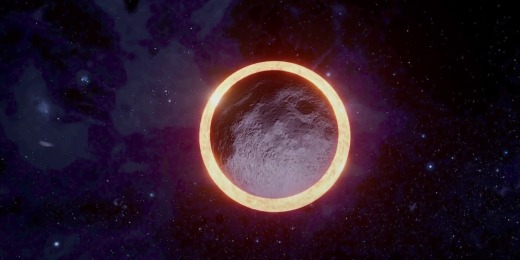
Explainer: What happens during a solar eclipse?
02:15
-

Where to see cosmic wonders all year long
05:18
-

Meet the woman who has seen 21 solar eclipses
02:23
-
Now Playing

Scientists will use total solar eclipse to study the sun’s corona
05:16
-
UP NEXT

Teacher makes good on decades-old promise to watch eclipse with former students
02:57
-

Timelapse videos show darkness of solar eclipse totality
01:03
-

Special report: Solar eclipse path of totality
01:44:40
-

Watch emotional moments as skywatchers view solar eclipse
03:15



